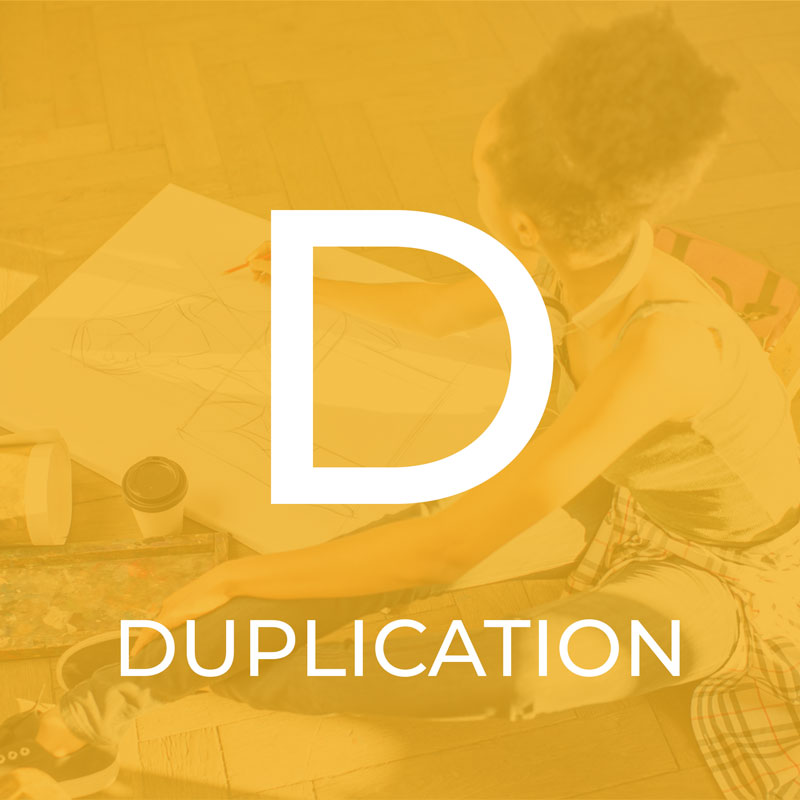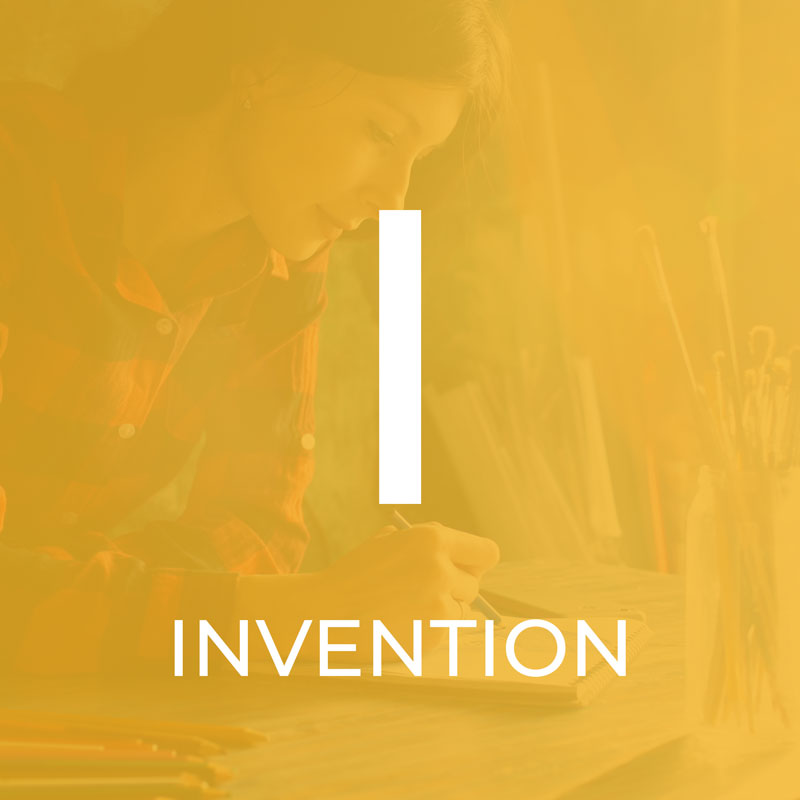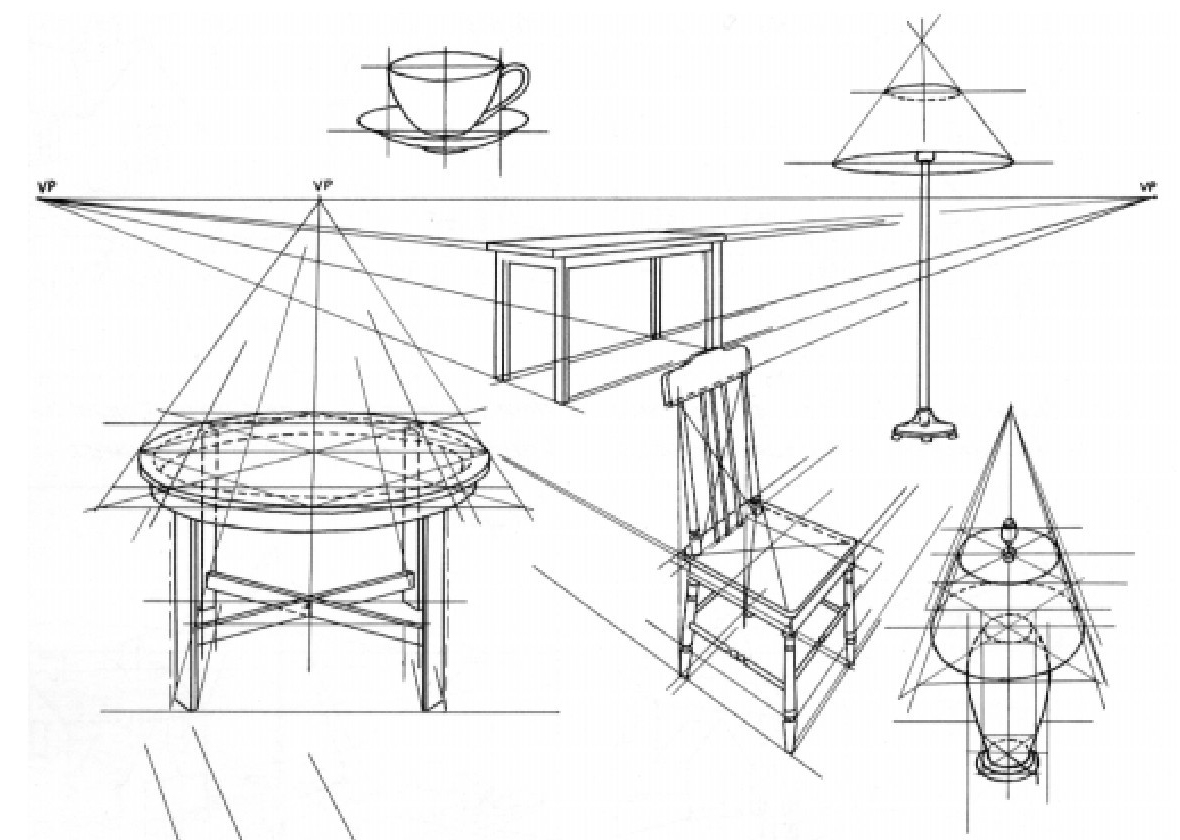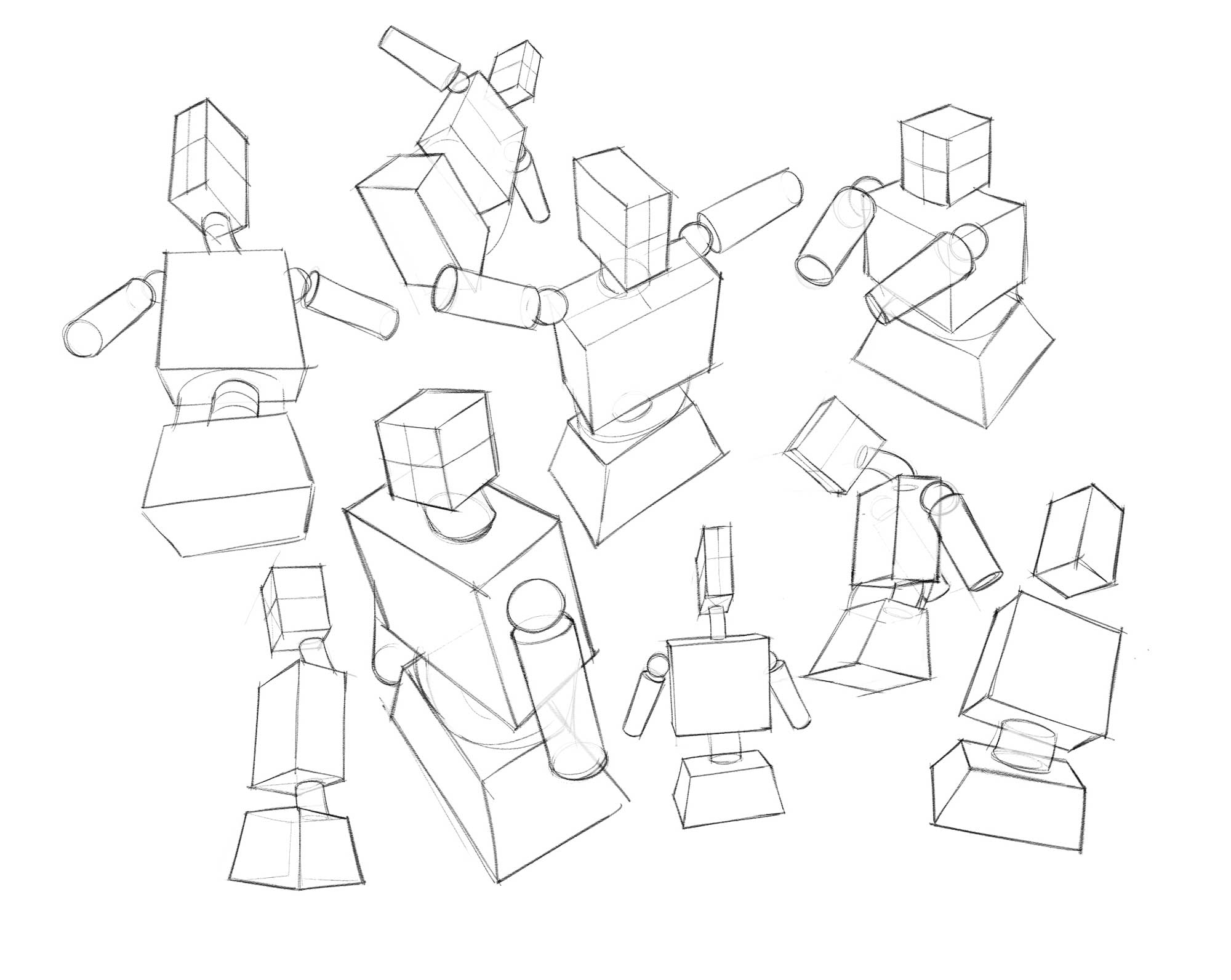The Art D.I.E.T.
Lots of people have always wanted to learn to be a good artist but have been discouraged by lack of time, training, money or focus. The D.I.E.T. approach can help you focus your time in a way that will not only help you grow, but have more fun doing it. The four methods are simple:
This is all about learning to observe accurately. There are four important tools to help you not only observe, but self-correct.
This is the most powerful tool an artist can wield. It’s also the best measurement of progress and understanding.
You can’t create something from nothing. Cracking open a book (or online lesson) is the only way to add data for your brain to work with.
If you think that tracing is cheating, then you’re missing out on one of the easiest and most helpful means of discovery!
I understand the D.I.E.T. method. Now what?
Once you’ve understood best practices of Duplication, Invention, Education and Tracing, it’s time to pick a discipline. What do you want to learn? If you want to focus on anatomy, then dedicate a minimum of four sessions a week focused on one of the D.I.E.T. methods. Even 15 minutes of each on separate days, once a week, will kickstart your art superpowers.
For example…
You want to learn to draw hands better. Decide to spend two or three weeks just focused on hands, setting aside time each week to make sure you accomplish each D.I.E.T. method. They don’t have to be in order, just make sure you do one of each.
You’ll find that after three or four weeks practicing hands using the D.I.E.T. method, you’ll have made some really nice improvement! The key is carving out a little bit of time exercising various parts of your brain. More frequent, shorter bursts of learning are better than a few long ones.
One more thing…
Give a quick read to
A Path to a Career As An Illustrator
where I suggest a mindset and approach to learning.
After that, come back here at get to work!
I’ve curated some content for a few disciplines to get you started:
PERSPECTIVE
If you’re starting off with comic book characters and concept art but haven’t learned to draw basic shapes well, then do yourself a favor and start here.
ANATOMY
If you can draw humans well, you can learn to draw anything. This is a guide for all skill levels.

COLOR
Picking colors can be overwhelming. But if you know what you’re looking for, making color choices can actually be enjoyable!

STORYTELLING
Do you love a good story? Here are some steps to tell one.
Stop throwing your drawings away!
You might hate your current drawings. But if you’re committed to improving your art, early drawings are the “before and after” images that remind you how much progress you’ve made!
METHODS of the art D.I.E.T.
Pick a subject matter. Then, once a week, focus your learning time on one of these four methods.






